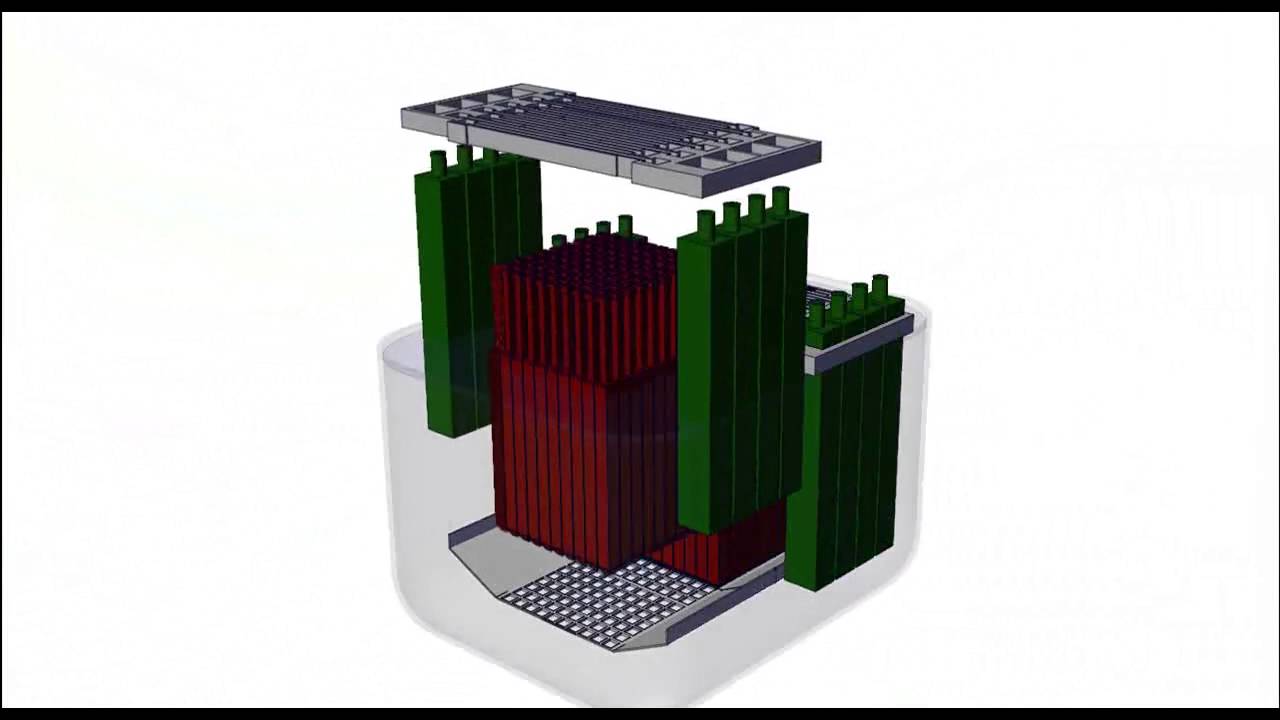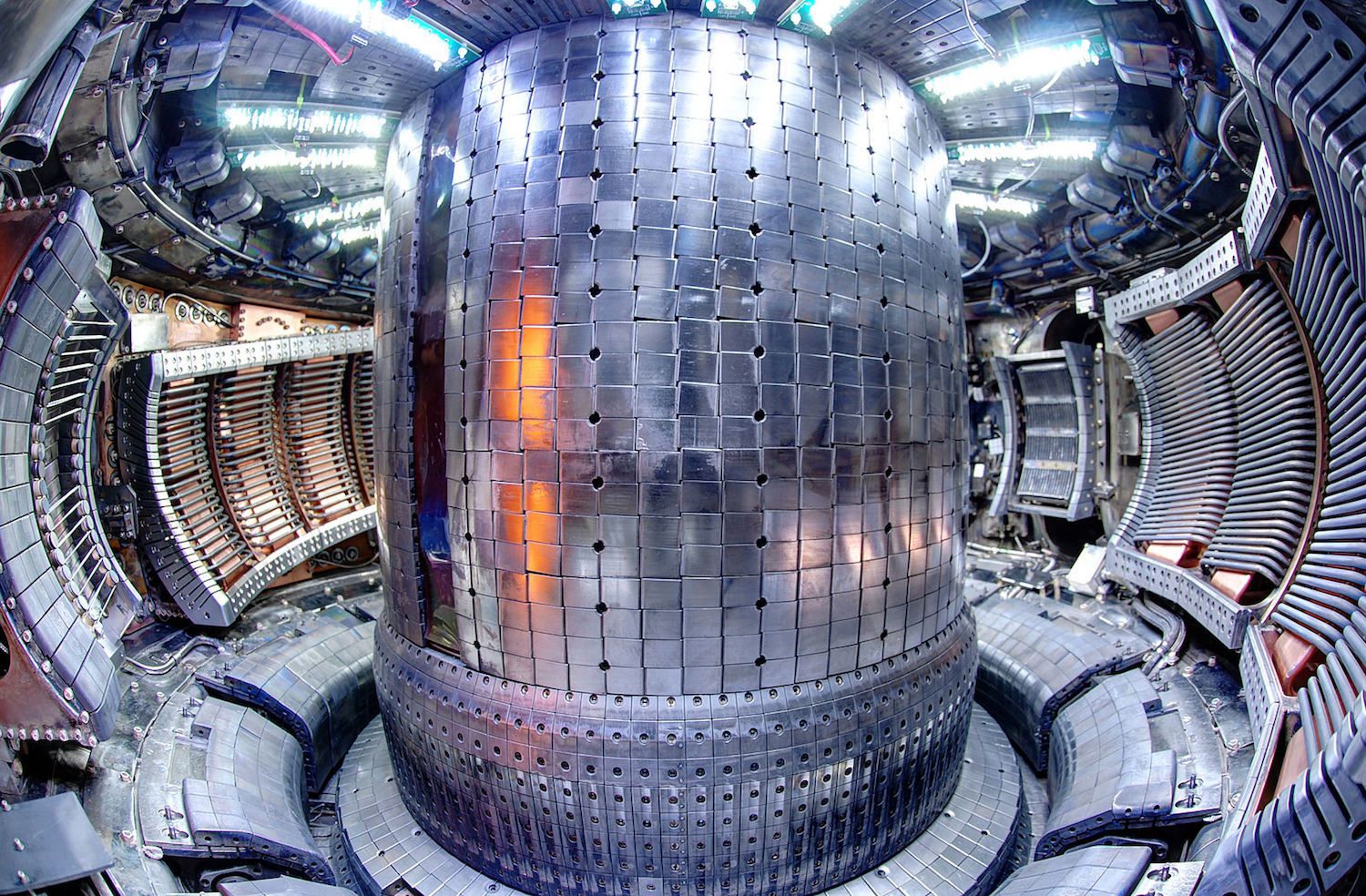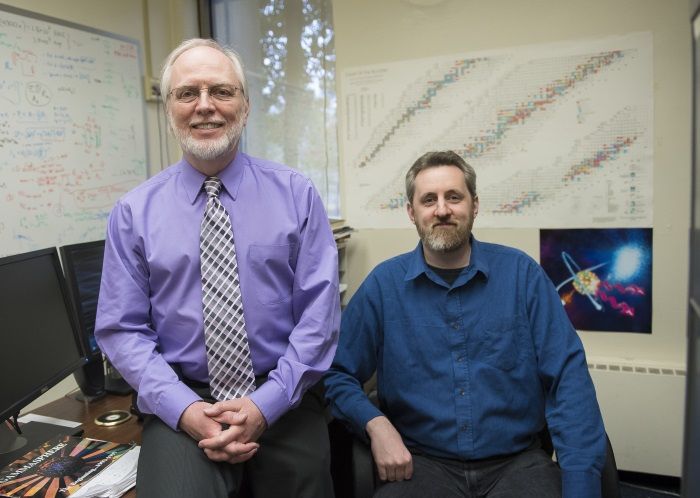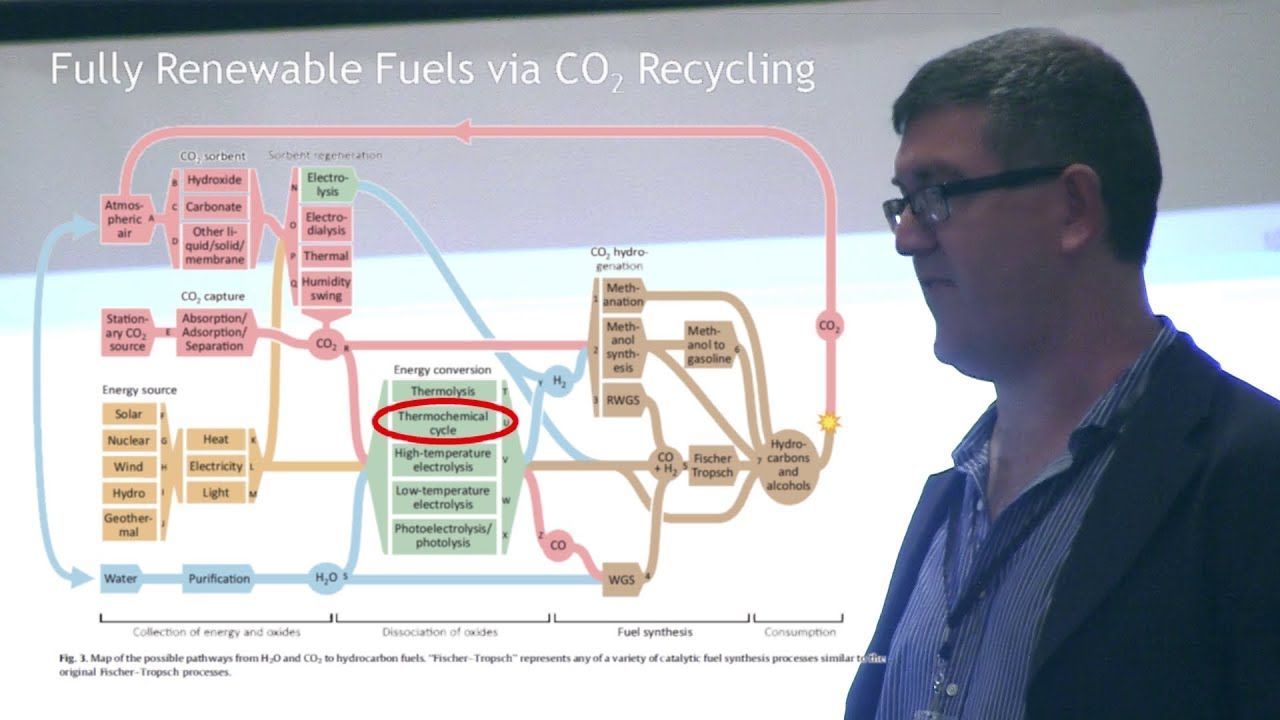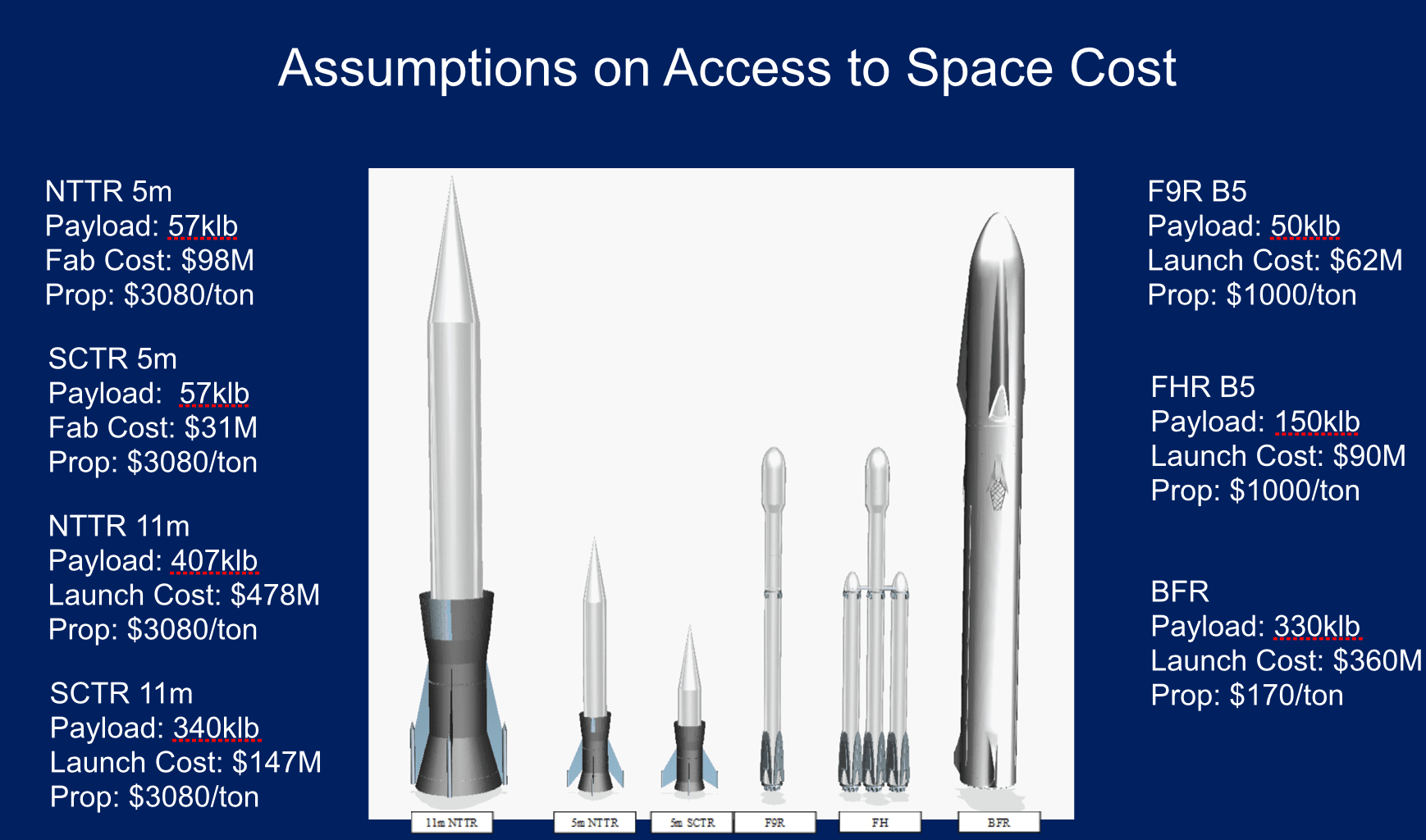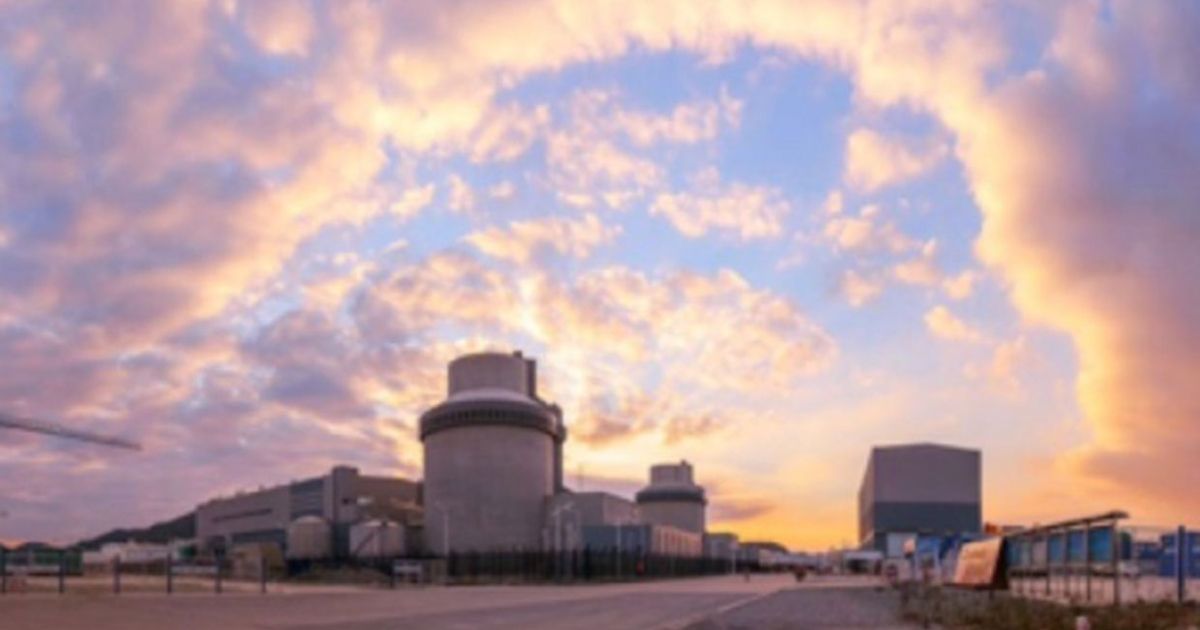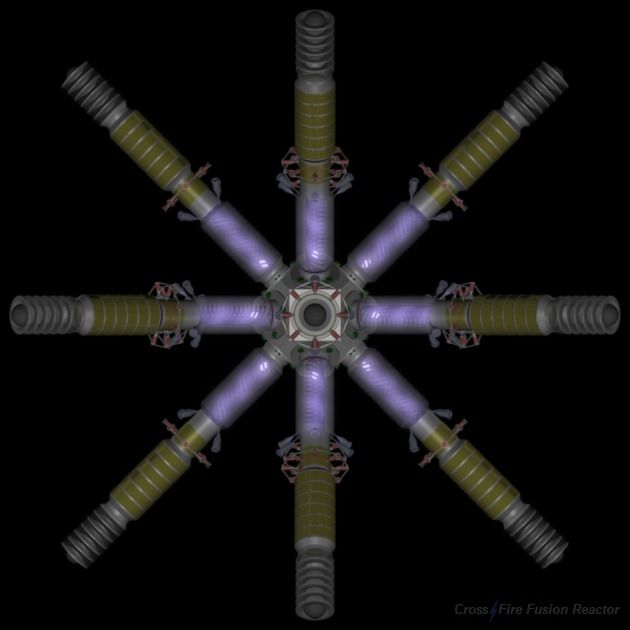https://youtube.com/watch?v=4iRF6pilm3s
UK-based Moltex Energy will build a demonstration SSR-W (Stable Salt Reactor – Wasteburner) at the Point Lepreau nuclear power plant site in Canada under an agreement signed with the New Brunswick Energy Solutions Corporation and NB Power.
The agreement provides CAD5.0 million (USD3.8 million) of financial support to Moltex for its immediate development activities and Moltex will open its North American headquarters in Saint John and build its development team there. It also calls for Moltex to deploy its first SSR-W at the Point Lepreau nuclear power plant site before 2030.
Stable Salt Reactors build on the fundamental safety and simplicity breakthrough of molten salt fuel in essentially standard nuclear fuel tubes. Stable Salt Reactors are modular in construction. Their rectangular cores can be extended module by module to create reactors from 150MW to 1200MW power.
